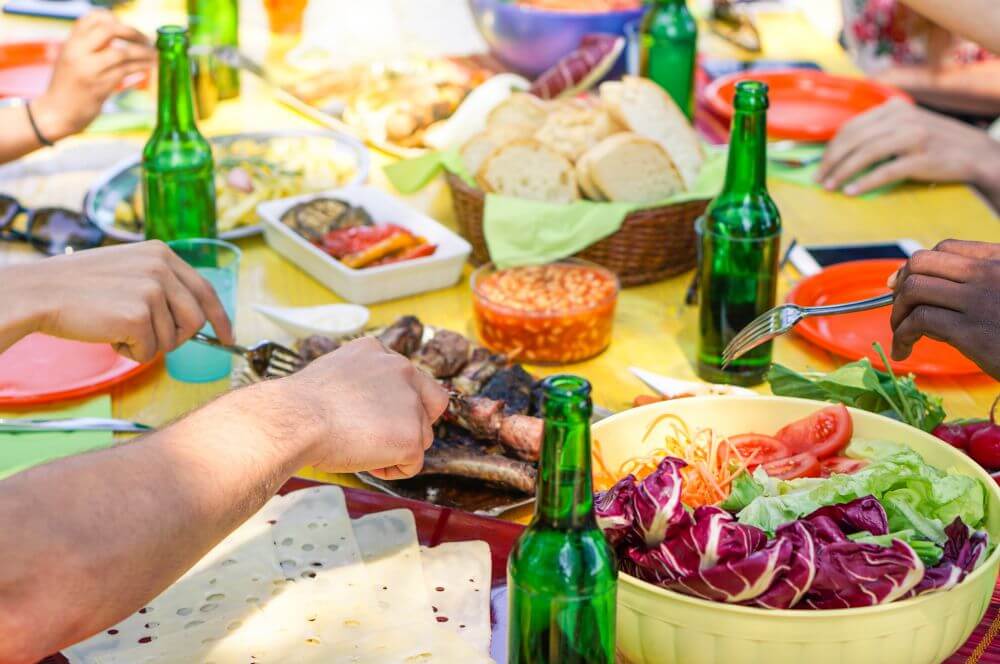How to keep your food safe this summer

Summer means warm weather and eating outside – BBQs, picnics and fish and chips at the beach.
While we Kiwis love this relaxed style of eating, we shouldn’t relax when it comes to food safety. In fact, the warm weather means we need to be more careful with our food as the higher temperatures can put food at risk of developing harmful bacteria.
No one wants their summer holiday ruined by food poisoning so we’ve put together a few easy ways to keep your food safe and avoid any unnecessary food waste.
Keep it cold
- When transporting food – either home from the supermarket, to a BBQ or for a picnic – use a chilly bag or bin for cold food. If it is going to be a long journey, make sure to include an ice pack. If you don’t have an ice pack, freeze water in a soft-drink or milk bottle, you can then drink it once it has defrosted.
- Fitting things into your fridge this time of year can be a bit of a jigsaw, but it is important not to overfill your fridge. If there is too much in your fridge it can be difficult for the cold air to circulate and keep all of the food cold. Make food the priority in your fridge, not drinks. If necessary, fill a large container with ice to store bottles in when entertaining. Freeze any food that you are not going to eat in the next couple of days. Make an effort to finish off any half-filled jars and odds and ends in the fridge before Christmas so that you have as much room as possible. Learn more: Where to store things in your fridge
- It’s super important not to let food sit at room temperature for more than two hours. Make sure you pack away the food as soon as possible once people have eaten – wrap up cheese and dips and get them into the fridge before people start eating the main meal. If food needs to be out for a longer period of time, such as at a buffet, only serve some of the food, leaving the rest in the fridge or oven until you need it.
- If you fancy eating a leftover sausage for breakfast – or any other leftover for that matter– either eat it straight from the fridge or reheat until they are piping hot. Make sure the meat as been cooked properly and placed in the fridge within two hours of cooking, if eating straight from the fridge. Do not reheat more than once.
On the BBQ
When cooking on the barbecue, the two main risk factors are undercooked meat and spreading germs from raw meat onto food that’s ready to eat.
- Cook chicken, sausages and hamburgers until juices run clear – steaks can be cooked to preference.
- Use separate utensils, plates and other equipment for raw and cooked foods – don’t put the cooked steak or chicken back on the plate the raw meat was on.
- For high-risk foods such as chicken or food which takes longer to cook such as raw sausages, pre-cook them first, then finish them off on the grill, making sure to cook them until they are piping hot.
- Turn food regularly so that it cooks evenly.
- If you have marinated your meat, you can use the leftover marinade as a sauce, provided you boil it first.
- Make sure you keep your BBQ covered when it is not in use and give it a good clean before and after each use.
